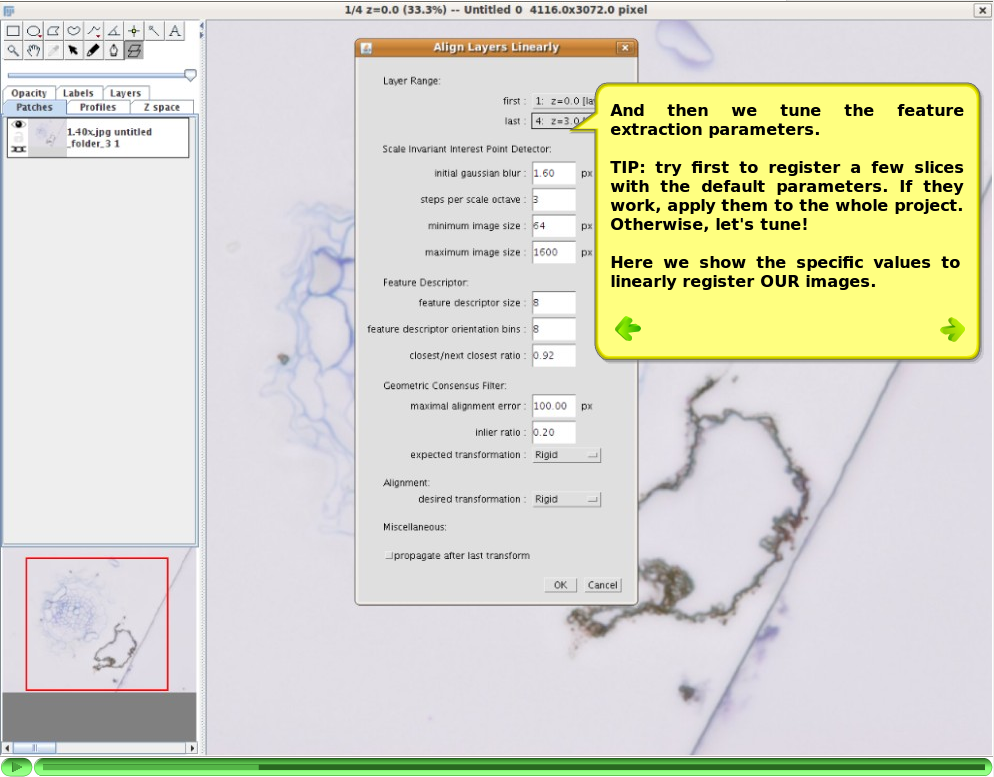
Similarly, converting to 8-bit is fine if you want to merely visualize in another application, but it would generally be wrong to perform quantitative analysis on the down-converted image. See the Fiji wiki's article on JPEG for more details. If you are going to do any quantitative analysis at all, I strongly advise not converting to JPEG. If you use the Bio-Formats plugin to import your images into ImageJ, you can check the "Autoscale" option to ensure this dynamic display range scaling happens automatically.Īs for whether to convert to JPEG: JPEG is a lossy compression format, which has its own problems.

When you autoscale, it resets the display range to match the data range, making values 67 and below appear black, values 520 and above appear white, and everything in between scaled linearly. So all those values (57 to 520) will appear near black.

67 to 520, but stored as a 16-bit image (with potential values ranging from 0 to 65535), the default display range is also 0=black, 65535=white, and values in between scaled linearly. If your image has intensity values ranging from e.g. In other words, it is unlikely that your image is actually all 0 values, but rather the display range is probably not set to align with the data range. You can verify whether the actual data is there by moving the mouse over the image, and looking at the pixel probe output in the status bar area of the main ImageJ window. You can fix this by clicking on Image ▶ Adjust ▶ Brightness/Contrast. For example, on a 12-bit camera, the largest possible intensity value is 4095-but with 0 mapped to black and 65535 mapped to white, 4095 ends up (linearly) mapped to a very very dark gray, nearly invisible to the human eye.
Fiji imagej mp4 full#
In that case, the display is scaled to the full 16-bit range (0 - 65535 intensity values), even though the actual data values typically span a much smaller range. This problem can arise when 12-bit, 14-bit or 16-bit images are loaded into ImageJ without autoscaling. From the ImageJ wiki's Troubleshooting page:


 0 kommentar(er)
0 kommentar(er)
